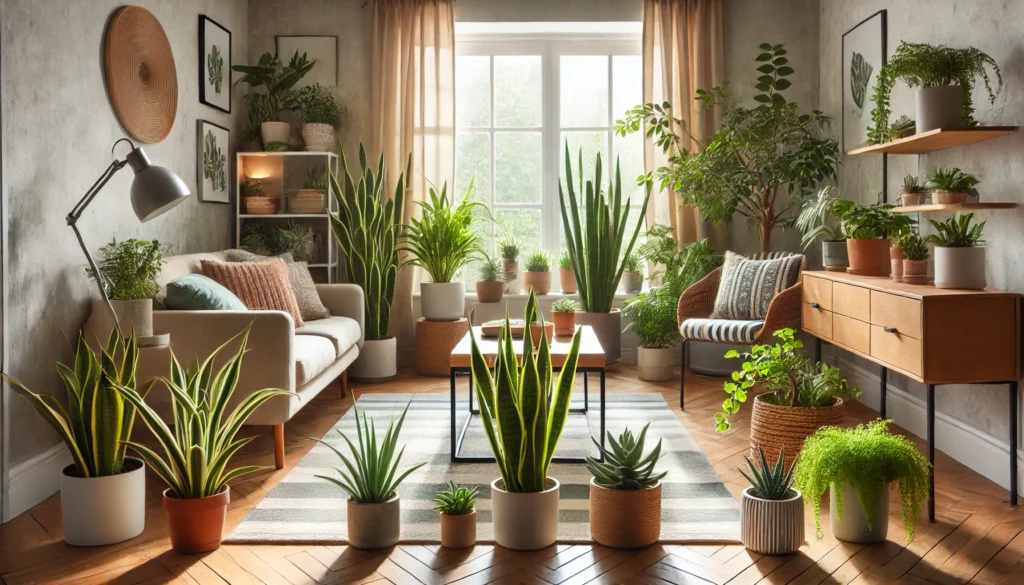
Low-Maintenance Houseplants List: Easy-Care Indoor Plants for Any Home
Keeping houseplants doesn’t have to be a challenge, even if you don’t have a green thumb. If you’re looking for greenery that thrives with minimal effort, this low-maintenance houseplants list is exactly what you need. From air-purifying wonders to drought-resistant beauties, these plants can brighten up your home without demanding constant care. Whether you have a busy schedule or simply prefer easy-care indoor plants, this guide will introduce you to the best options. Read on to discover the perfect low-maintenance houseplants that will bring life to your space with little effort!
Table of Contents
ToggleBenefits of Low-Maintenance Houseplants
Bringing plants into your home doesn’t have to be a time-consuming commitment. Low-maintenance houseplants offer a perfect solution for busy individuals, beginners, or anyone who wants the beauty of greenery without the hassle. Here are the key benefits of choosing easy-care indoor plants:
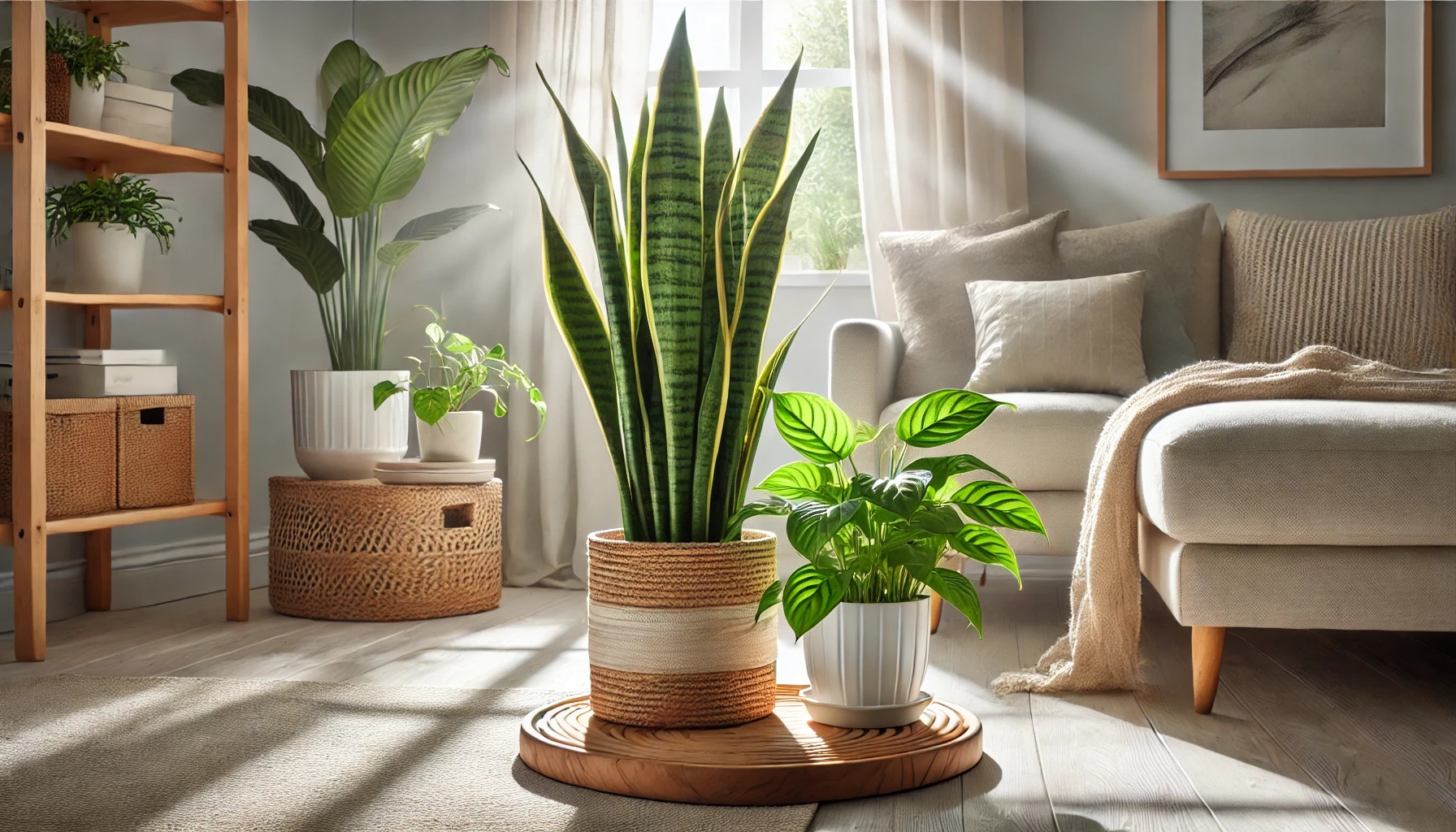
1. Improve Indoor Air Quality
Many low-maintenance plants, like the Snake Plant and Peace Lily, act as natural air purifiers. They absorb toxins such as formaldehyde and carbon dioxide, helping create a fresher and healthier indoor environment.
2. Require Minimal Watering
Unlike high-maintenance plants that need frequent attention, these hardy varieties can survive on occasional watering. Plants like the ZZ Plant and Aloe Vera store moisture in their leaves, making them drought-resistant and perfect for forgetful plant owners.
3. Thrive in Different Light Conditions
Not every home has bright, natural light, but many low-maintenance houseplants adapt well to low or indirect light. The Cast Iron Plant and Pothos, for example, flourish in dim spaces, making them ideal for apartments, offices, and rooms with limited sunlight.
4. Reduce Stress and Boost Well-Being
Studies show that having plants indoors can reduce stress, enhance mood, and increase productivity. Even low-maintenance plants offer a calming presence, making them great companions for home and office spaces.
5. Low Risk of Pests and Diseases
Some houseplants, like the Rubber Plant and Spider Plant, are naturally resistant to pests and diseases, requiring little to no pest control. This means fewer worries about infestations and plant care.
6. Aesthetic Appeal with Minimal Effort
Low-maintenance plants add beauty to any space without constant trimming, pruning, or repotting. Whether you prefer lush greenery or sleek, structural plants, there’s an easy-care option for every style.
Final Thought
Choosing low-maintenance houseplants allows you to enjoy the benefits of indoor greenery without stress. With improved air quality, minimal care needs, and aesthetic appeal, these plants are perfect for any home. In the next section, let’s explore the best easy-care plants that you can start growing today!
Best Low-Maintenance Houseplants for Any Home
Not all houseplants require constant care. If you want indoor greenery without the hassle, these low-maintenance houseplants are perfect. They thrive with minimal watering, adapt to various light conditions, and require little attention.
1. Snake Plant (Sansevieria)


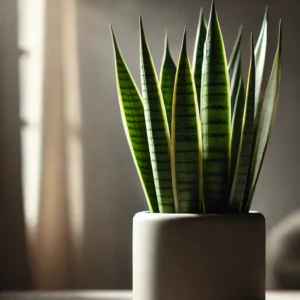
2. ZZ Plant (Zamioculcas zamiifolia)


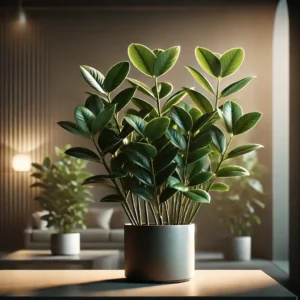
3. Pothos (Epipremnum aureum)


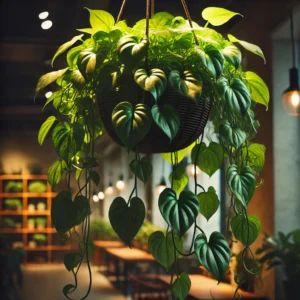
4. Peace Lily (Spathiphyllum)


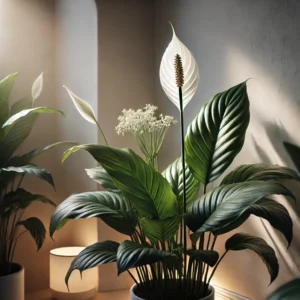
5. Spider Plant (Chlorophytum comosum)


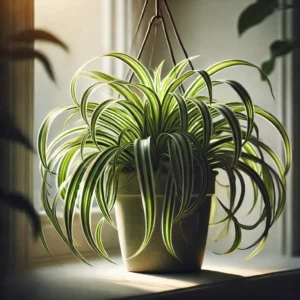
6. Aloe Vera


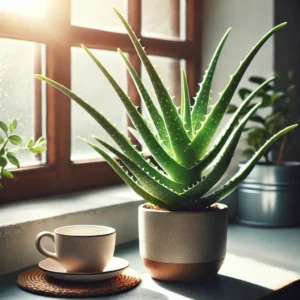
7. Cast Iron Plant (Aspidistra elatior)


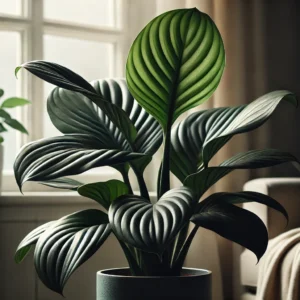
8. Rubber Plant (Ficus elastica)


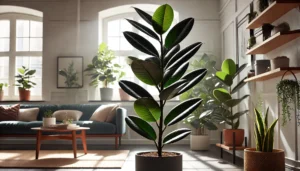
How to Care for Low-Maintenance Houseplants
Even low-maintenance houseplants need some basic care to thrive. By following these simple guidelines, you can keep your indoor plants healthy with minimal effort.
1. Watering: Less is More




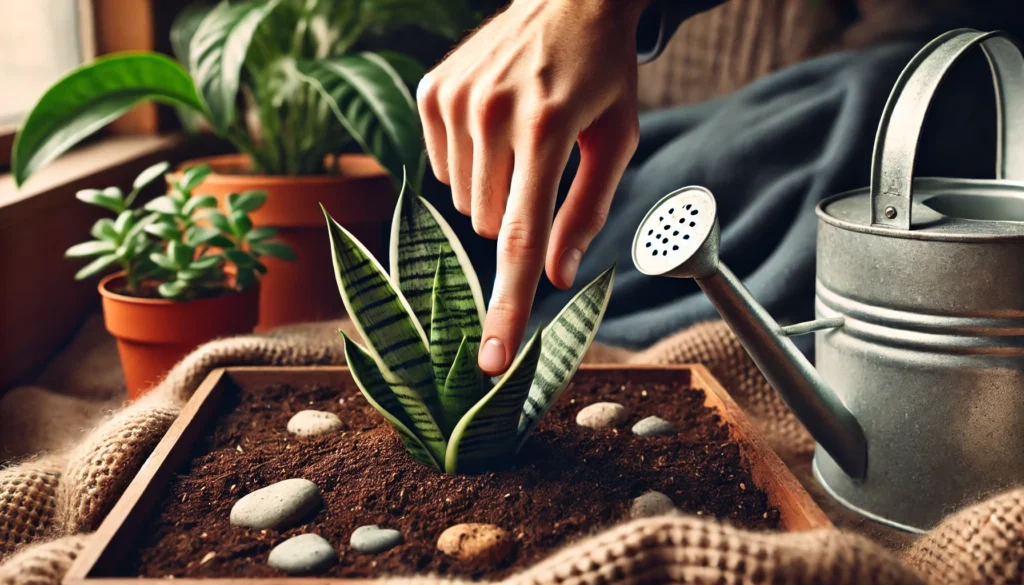
2. Light Requirements: Right Placement Matters




3. Soil and Potting: Good Drainage is Key




4. Fertilizing: Minimal Feeding Needed




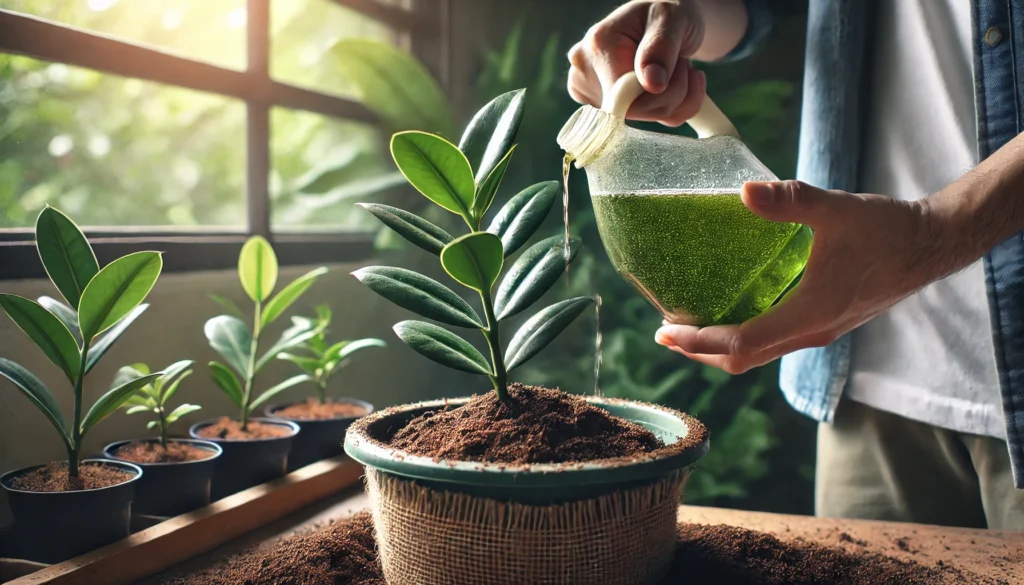
5. Cleaning and Maintenance: Keep Leaves Dust-Free



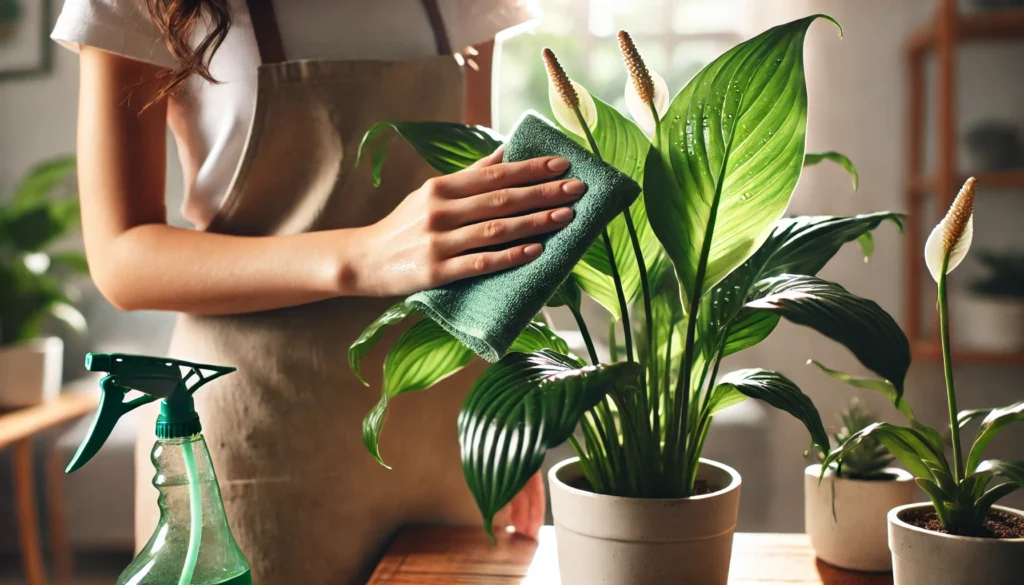

Final Thought
Caring for low-maintenance houseplants is simple—water sparingly, place in the right light, and use well-draining soil. With these easy tips, your plants will thrive with minimal effort. Up next, we’ll cover common mistakes to avoid!
Common Mistakes to Avoid
Even low-maintenance houseplants can suffer if basic care mistakes are made. Here are some common pitfalls and how to avoid them.
1. Overwatering



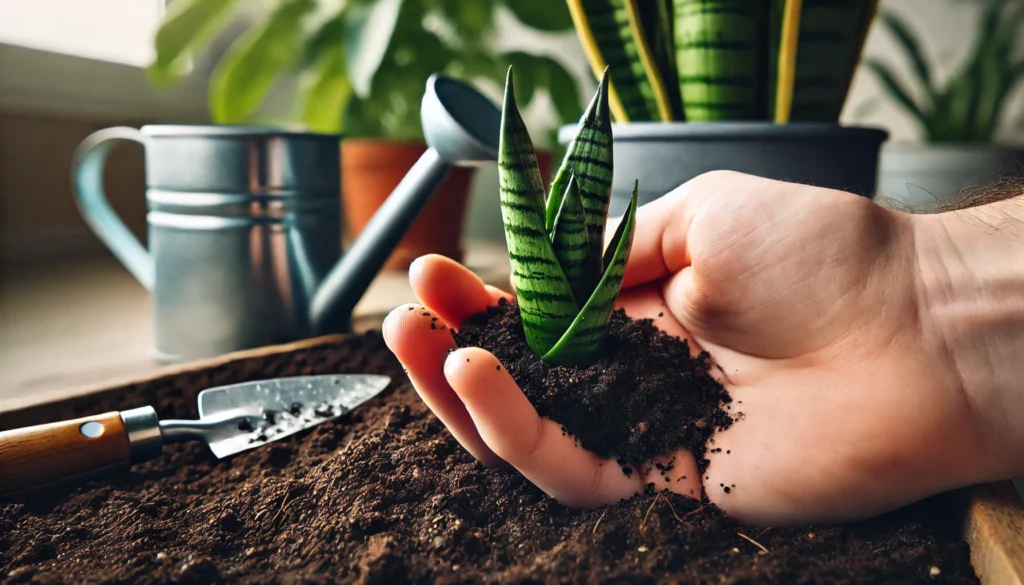
2. Placing Plants in the Wrong Light


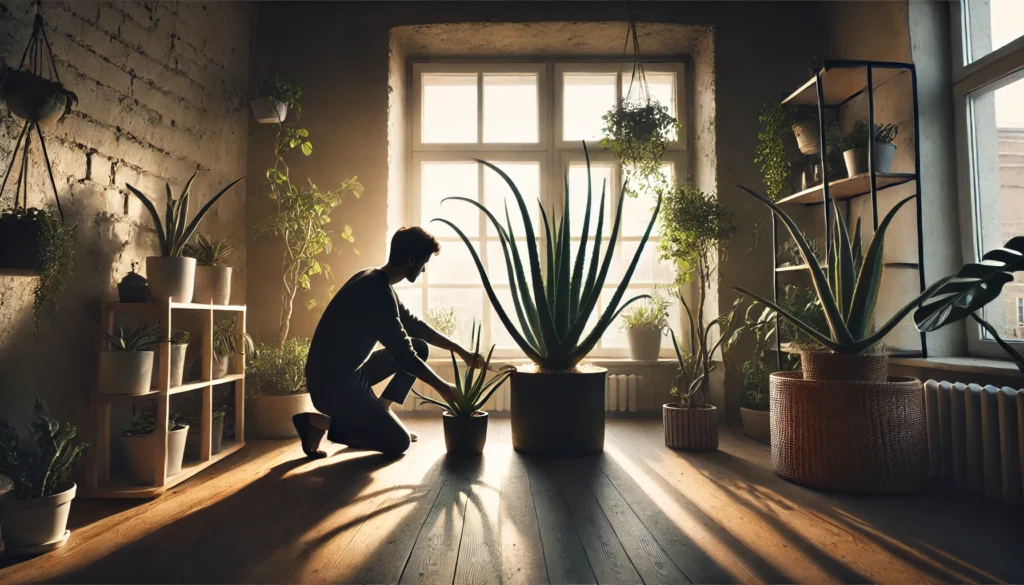

3. Ignoring Drainage



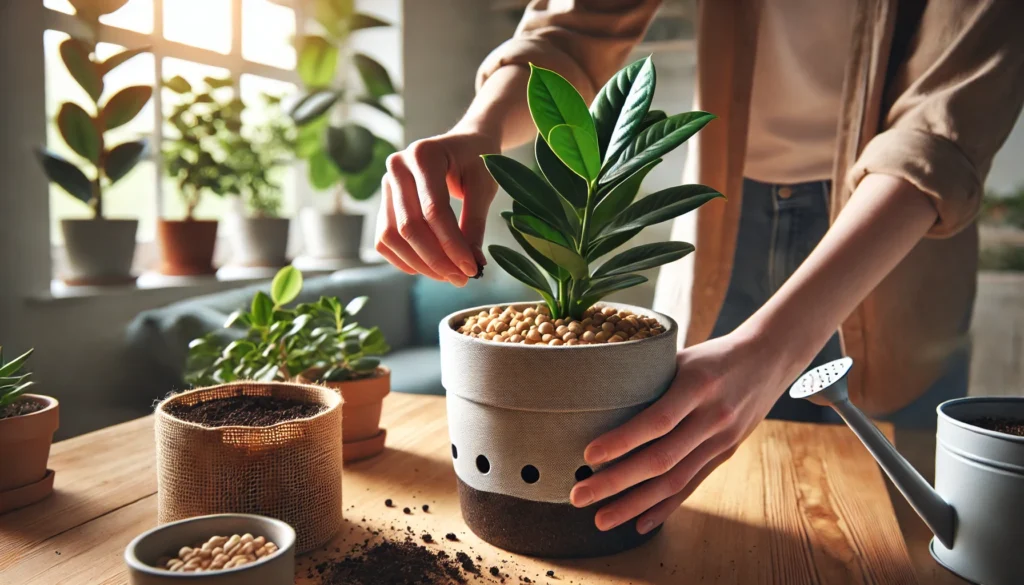
4. Over-Fertilizing



5. Neglecting Humidity Needs



6. Forgetting to Clean Leaves



Final Thought
Avoiding these mistakes will keep your low-maintenance houseplants healthy with minimal effort. Next, let’s explore the best ways to display them in your home!
Caring for low-maintenance houseplants is easy when you follow simple guidelines. By choosing the right plants, placing them in suitable light, and avoiding common mistakes like overwatering or neglecting drainage, you can enjoy thriving greenery with minimal effort.
These plants not only enhance your home’s beauty but also improve air quality and boost well-being. Whether you’re a beginner or a busy plant lover, there’s a perfect low-care plant for you.
Start small, experiment with different varieties, and enjoy the benefits of effortless indoor gardening. Happy planting!
Frequently Asked Questions(FAQ)
What are the best low-maintenance houseplants for beginners?
Some of the easiest houseplants to care for include the Snake Plant, ZZ Plant, Pothos, Spider Plant, and Peace Lily. These plants require minimal watering, thrive in various light conditions, and can tolerate neglect.
How often should I water low-maintenance houseplants?
Most low-maintenance houseplants need water only once every 1-2 weeks, depending on the plant and environment. Always check the top inch of soil—if it’s dry, it’s time to water.
Do low-maintenance houseplants need fertilizer?
Yes, but only occasionally. These plants thrive with fertilizer 2-3 times a year, especially during the growing season (spring and summer). A balanced liquid fertilizer works best.
Can low-maintenance houseplants survive in low light?
Yes! Many plants on the low-maintenance houseplants list, such as Snake Plant, ZZ Plant, and Cast Iron Plant, can grow in low-light conditions. However, they may grow more slowly than in bright, indirect light.
What are common mistakes to avoid when caring for low-maintenance houseplants?
- Overwatering – Let the soil dry before watering.
- Poor drainage – Always use pots with drainage holes.
- Wrong light exposure – Match the plant to the correct light conditions.
Over-fertilizing – Too much fertilizer can damage the plant.
Do low-maintenance houseplants help purify the air?
Yes! Plants like Peace Lily, Snake Plant, and Spider Plant can remove toxins and improve indoor air quality.
Can I keep low-maintenance houseplants in the bathroom?
Yes! Many humidity-loving plants, like Ferns, Pothos, and Peace Lily, thrive in bathrooms with indirect light and moisture from showers.
What is the easiest houseplant to keep alive?
The Snake Plant is one of the toughest houseplants. It survives in low light, requires little water, and thrives on neglect—perfect for beginners!

